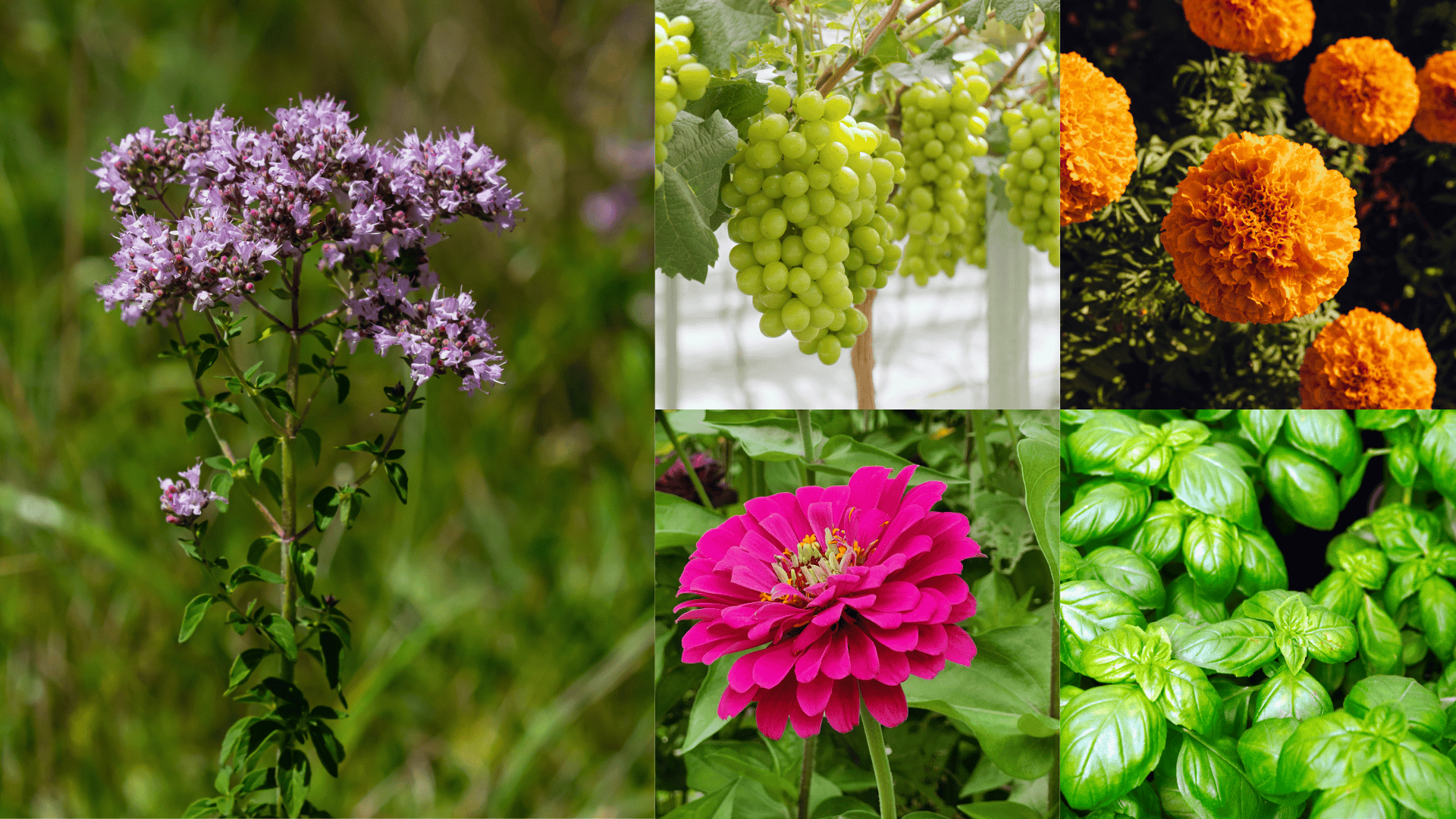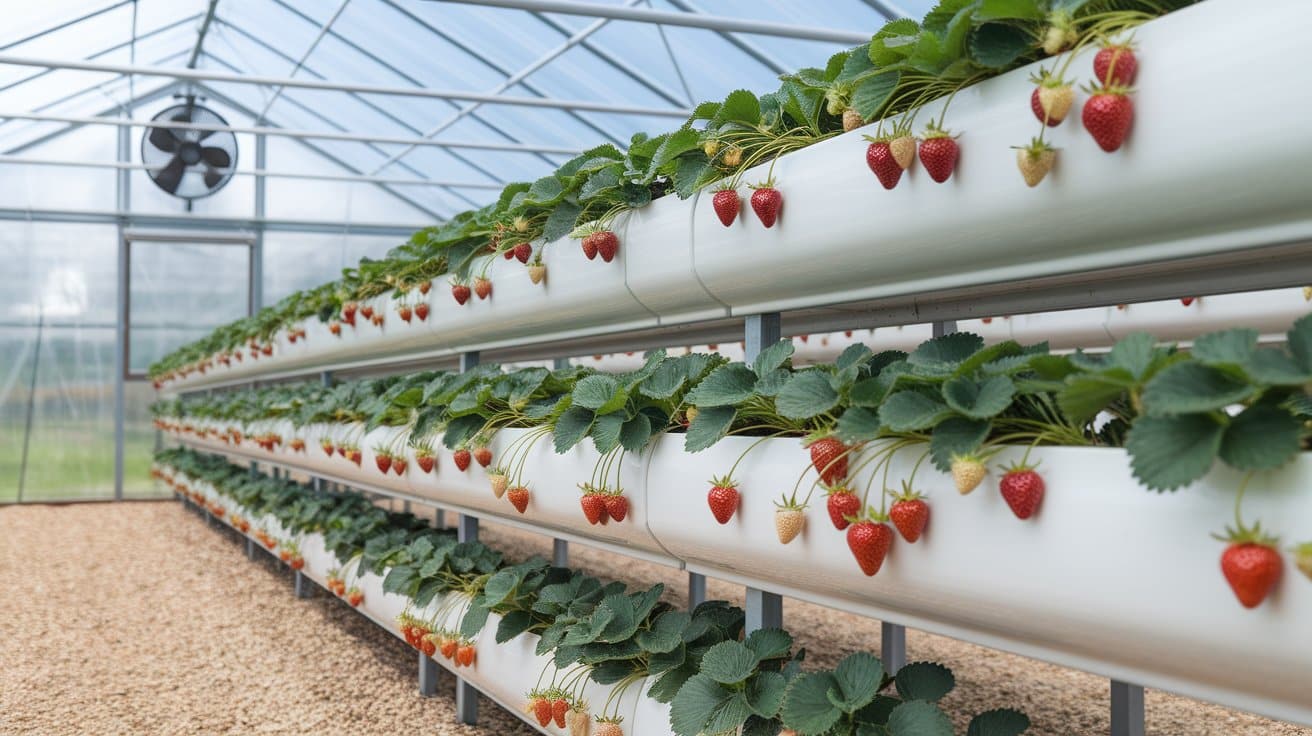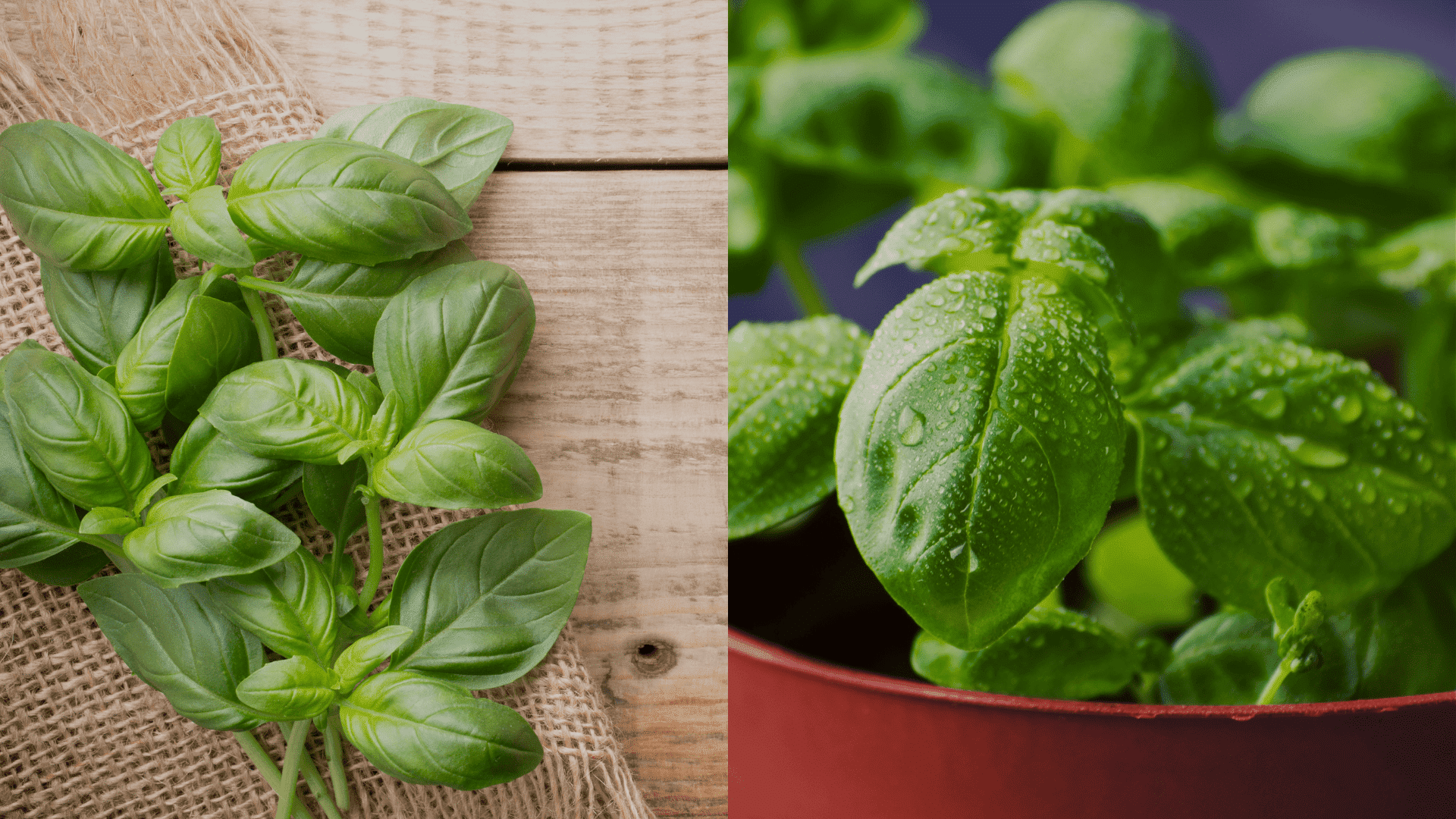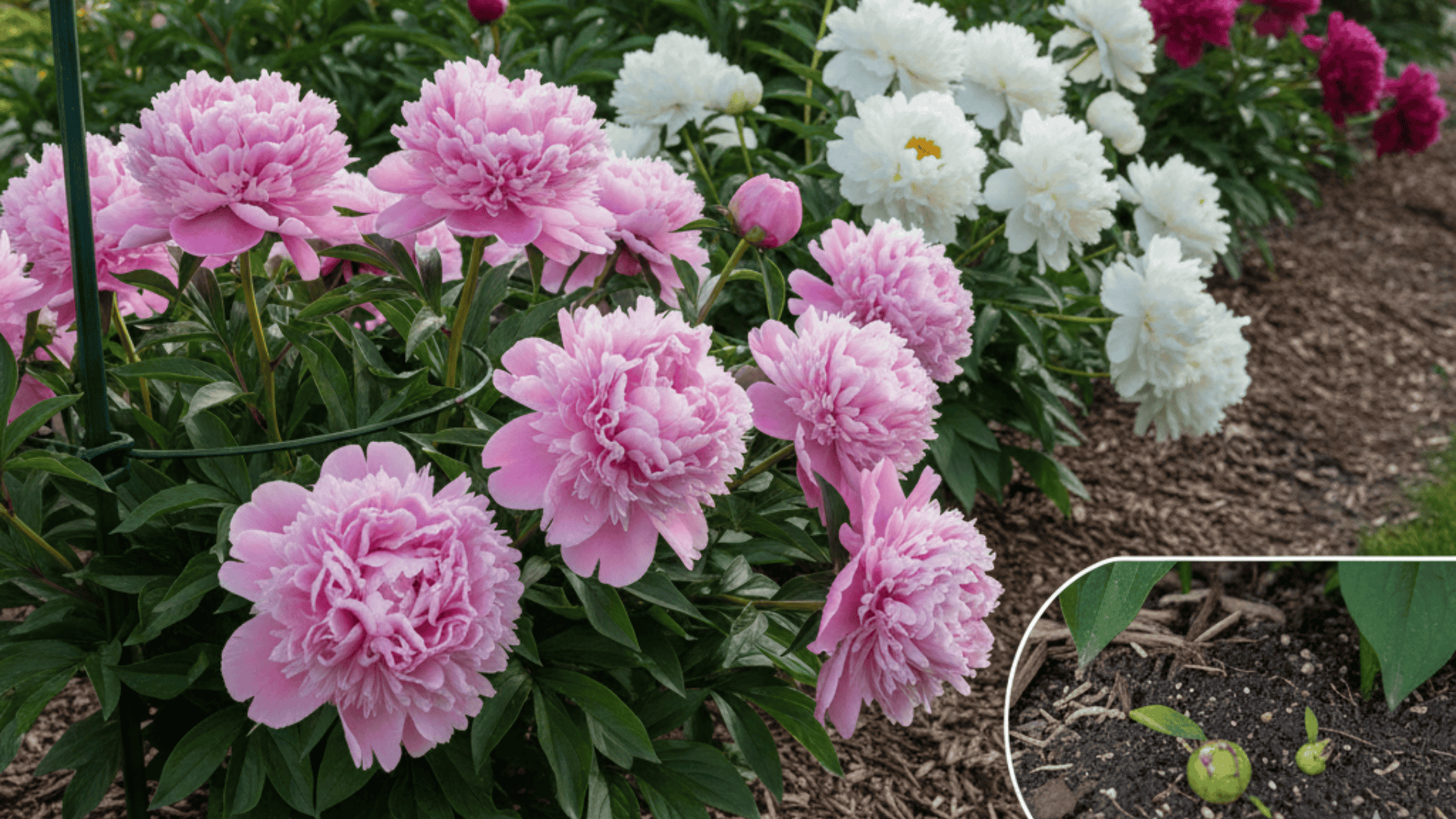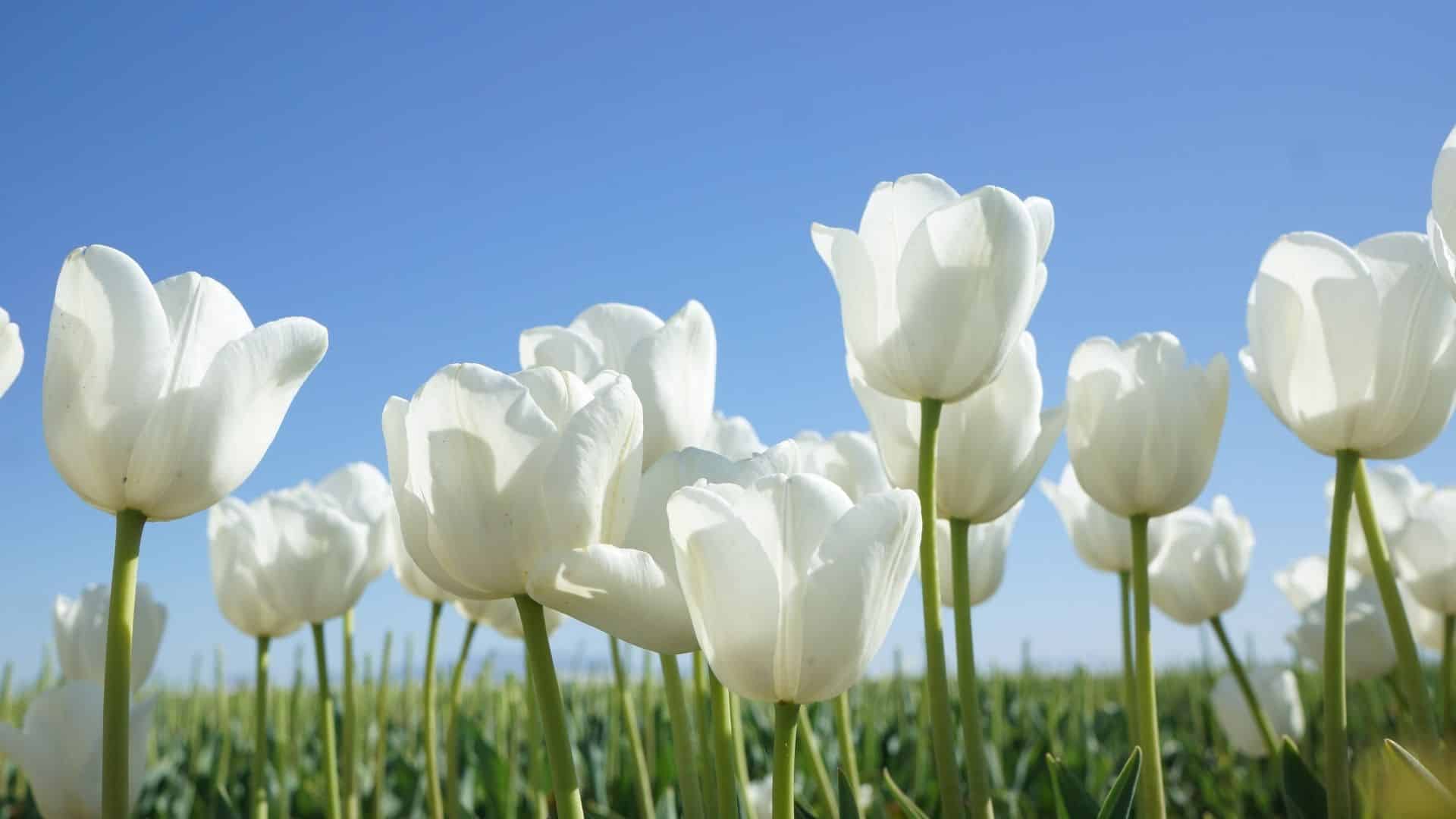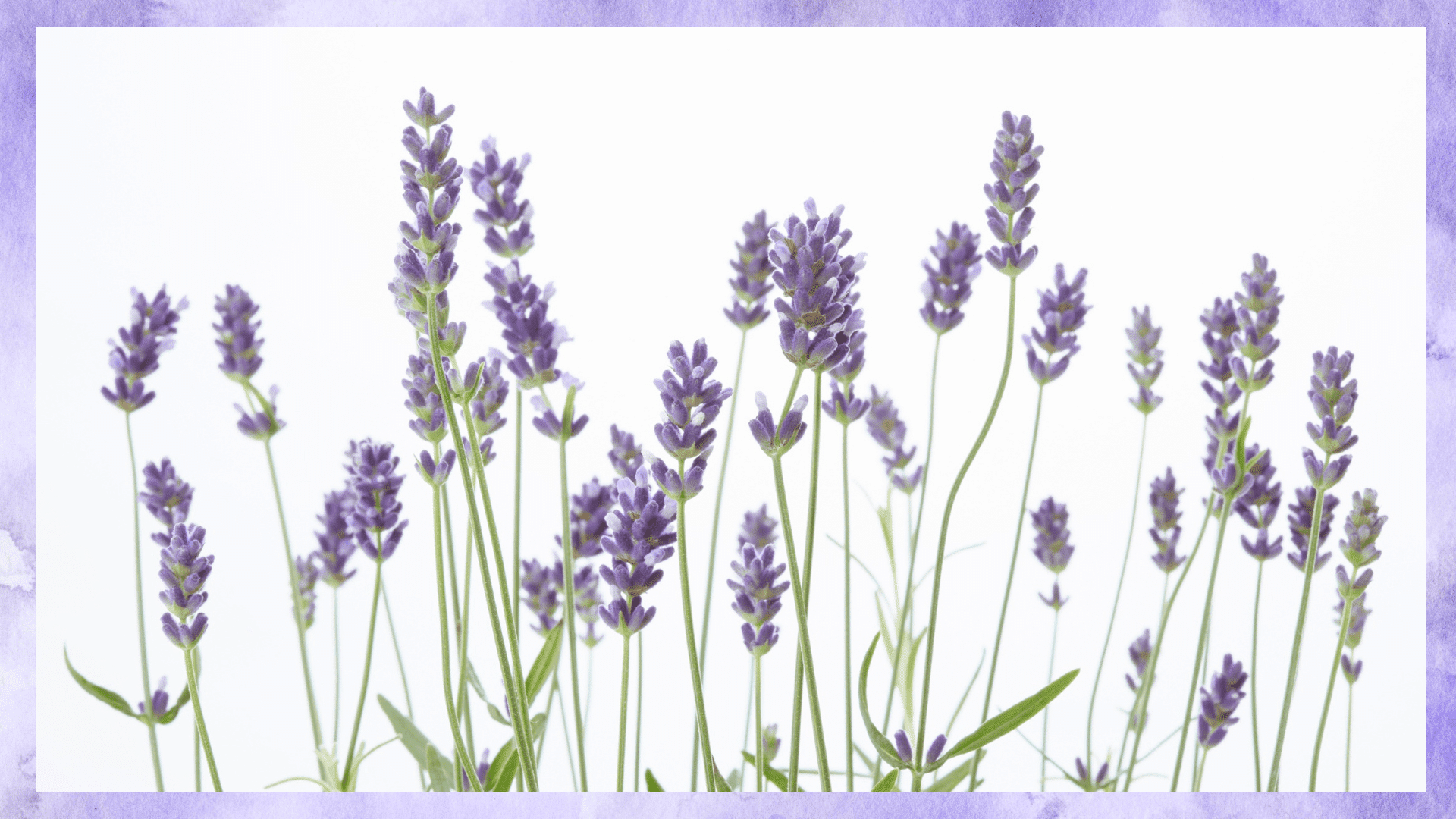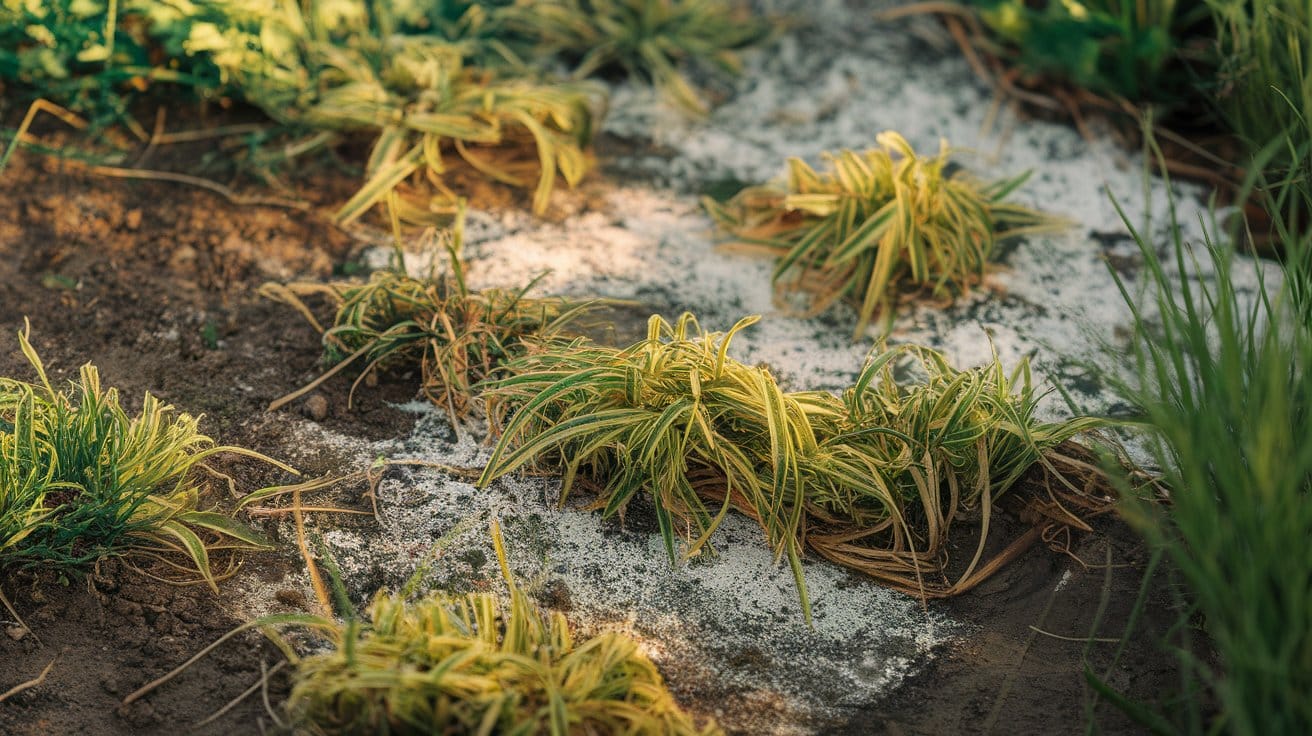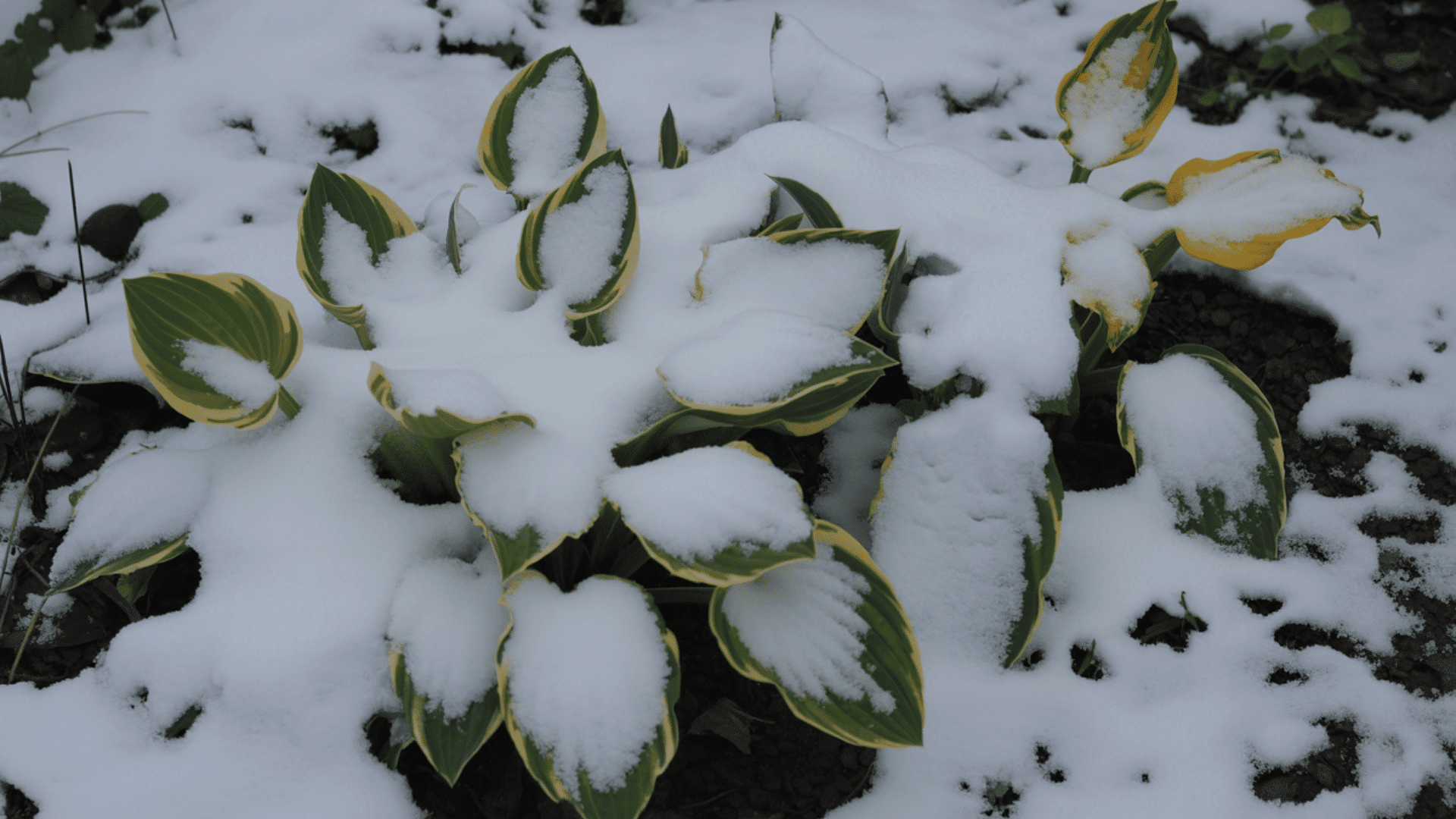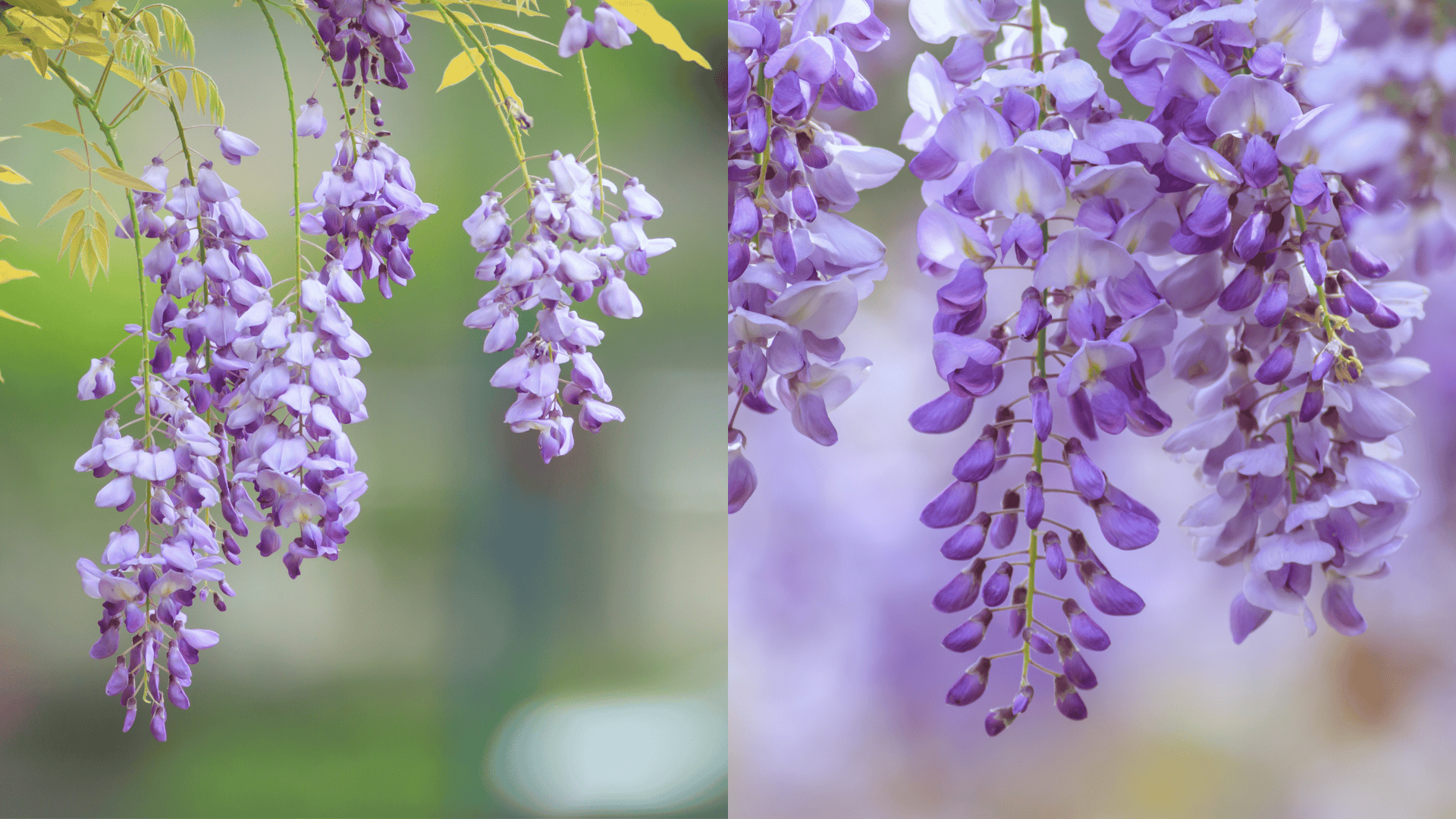What if one simple herb could protect your vegetables from pests, feed hungry bees, and spice up your dinner all at the same time?
Meet oregano, the hardworking Mediterranean herb that does exactly that.
This fragrant plant acts like a bodyguard for your garden, keeping harmful bugs away while attracting beneficial ones.
Most gardeners know oregano belongs in the kitchen, but few realize it’s also a garden superhero.
Let’s find out which plants make perfect oregano companions, which ones to avoid, and proven methods to create thriving plant partnerships in your garden.
Why Oregano Makes an Excellent Garden Companion?
Oregano makes an excellent garden companion because it repels pests like aphids and spider mites while attracting beneficial insects such as bees.
Its aromatic leaves deter harmful bugs naturally, reducing the need for pesticides.
Plus, oregano enhances the growth and flavor of nearby plants like basil, peppers, and tomatoes.
Best Fruit and Vegetable Companions for Oregano
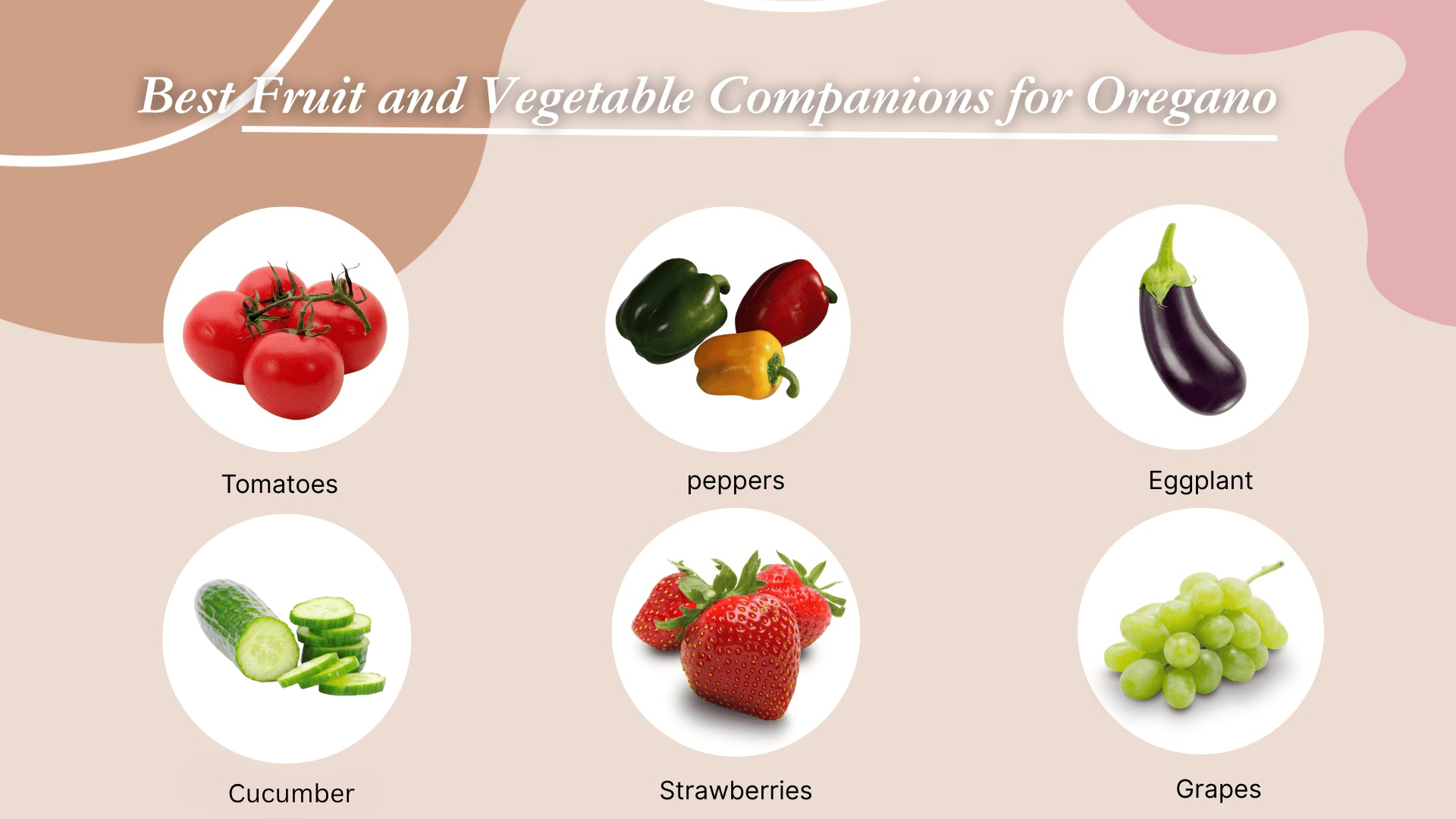
These vegetables and fruits love having oregano nearby.
The herb protects them from pests while sharing similar growing needs.
- Tomatoes : Oregano deters tomato hornworms and aphids. Plant it around tomato bases for natural pest protection and ground cover.
- Peppers : Both sweet and hot peppers benefit from oregano’s aphid-repelling properties. They share the same sun and soil preferences.
- Eggplant : Thrives alongside oregano in sunny, dry conditions. The herb helps ward off flea beetles that target eggplant.
- Cucumbers: Oregano creates living mulch around cucumber plants while helping deter beetles and aphids.
- Strawberries : These low-growing fruits pair well with oregano’s spreading habit. The herb may help reduce aphid damage to strawberry plants.
- Grapes : Oregano planted near grapevines can help deter insects while attracting beneficial pollinators during bloom time.
Oregano Companion Plants Flowers
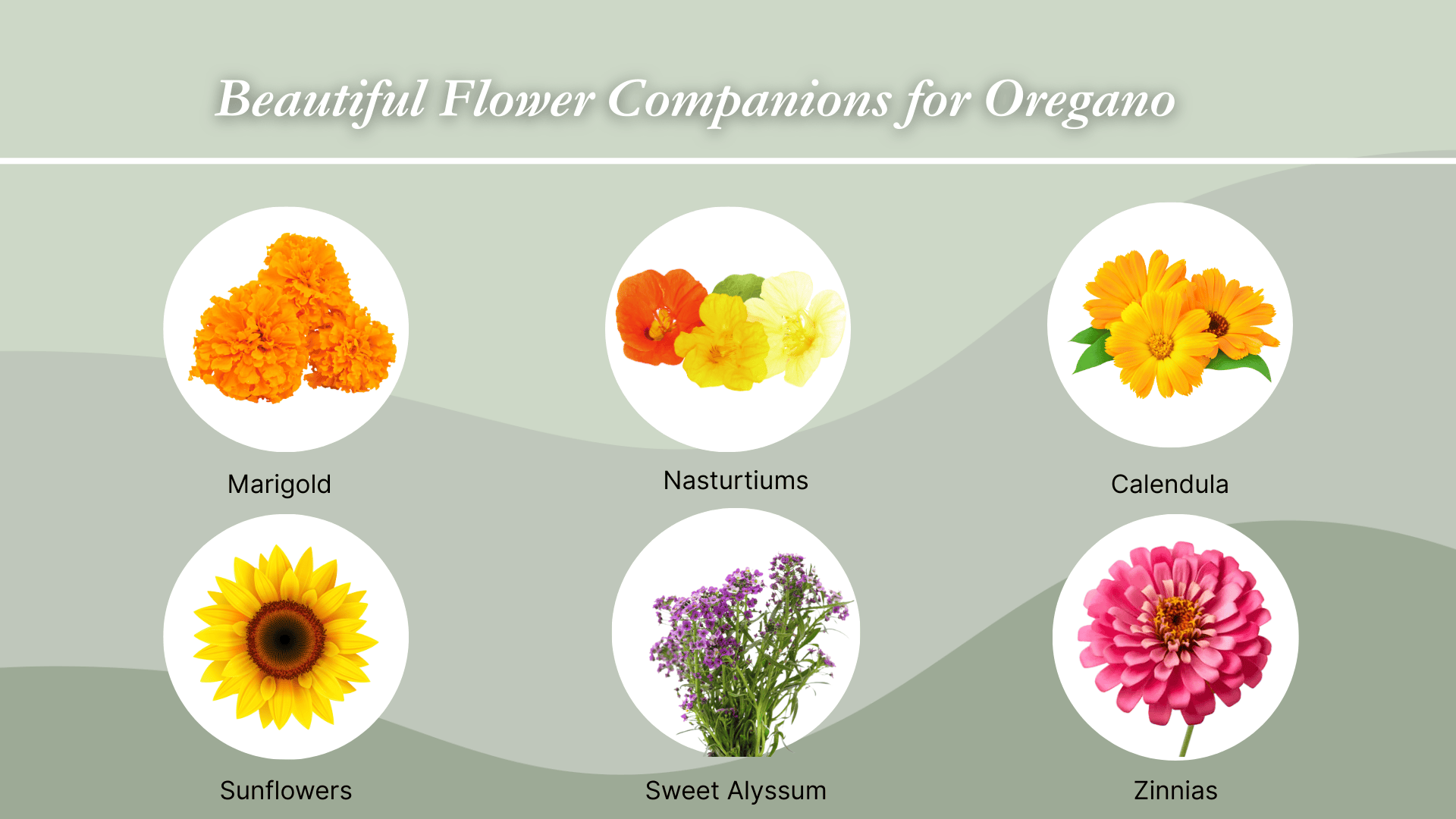
These colorful flowers work perfectly with oregano to create stunning gardens that naturally control pests and attract beneficial insects.
- Marigolds: These bright flowers repel pests and combine with oregano to create powerful natural pest control for vegetable gardens.
- Zinnias: Attract butterflies and bees that complement oregano’s pollinator-friendly flowers. Choose shorter varieties to avoid shading oregano.
- Nasturtiums: These edible flowers act as trap crops, drawing aphids and beetles away from valuable plants while matching oregano’s spreading habit.
- Calendula: Produces long-lasting blooms that attract beneficial insects while deterring harmful ones.
- Sweet Alyssum: Creates carpets of tiny flowers that attract hoverflies and lacewings. Plant around oregano for diverse beneficial insect habitat.
- Sunflowers: Tall varieties provide afternoon shade for oregano in hot climates while attracting pollinators and adding vertical interest.
Perfect Herb Companions for Oregano
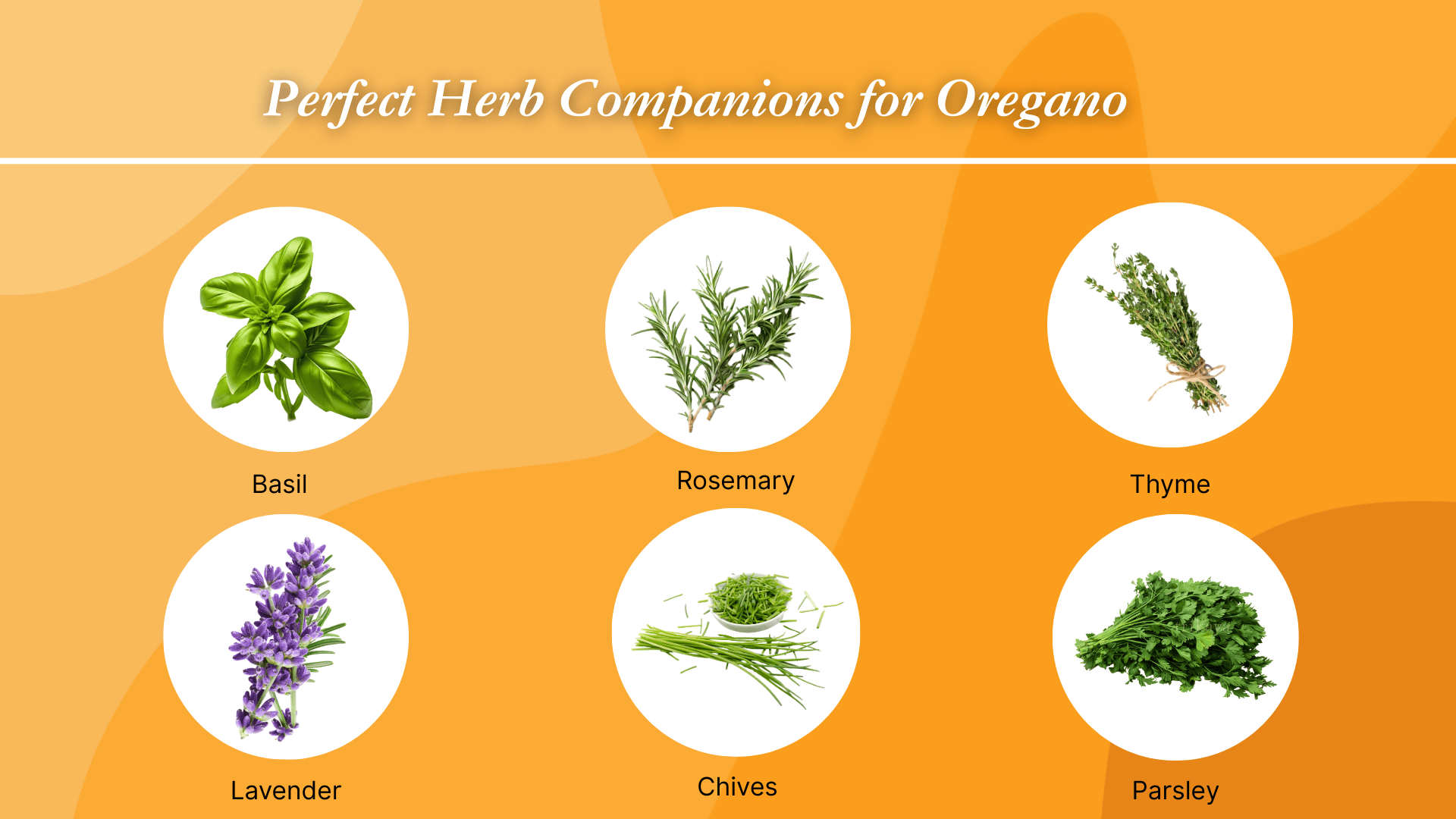
These herbs share similar growing needs with oregano and create fragrant, productive herb gardens with natural pest control.
- Basil: Works well with oregano in herb beds but needs more water. Plant where you can provide different watering zones.
- Rosemary: Shares identical growing requirements with oregano such as full sun, excellent drainage, and minimal water once established.
- Thyme: This low-growing herb makes an excellent companion in rock gardens or herb spirals without competing for space or resources.
- Lavender: Thrives in the same dry, sunny conditions as oregano. Together they create a fragrant, drought-tolerant garden section.
- Chives: The mild onion scent complements oregano’s pest control while purple flowers combine with oregano blooms for pollinator habitat.
- Parsley: Grows well near oregano and provides contrasting textures. Plant on edges where it can receive slightly more water.
What Should I Not Plant Next to Oregano?
Follow these simple steps to create healthy plant partnerships:
| Plant Type | Description | Reason Why It’s Bad for Oregano |
|---|---|---|
| Mint | Fast-spreading herb via underground runners | Takes over garden space and overwhelms oregano |
| Fennel | Tall herb producing growth-inhibiting chemicals | Releases compounds that stunt oregano’s development |
| Water-loving plants | Need constant moisture and frequent watering | Create soggy conditions causing oregano root rot |
| Raspberries | Berry bushes preferring acidic soil and consistent moisture | Require opposite soil conditions and watering schedules from oregano |
| Potatoes | Root vegetables preferring acidic soil and regular watering | Need acidic soil as oregano thrives in neutral to alkaline soil |
Planting Oregano with Companion Plants Effectively?
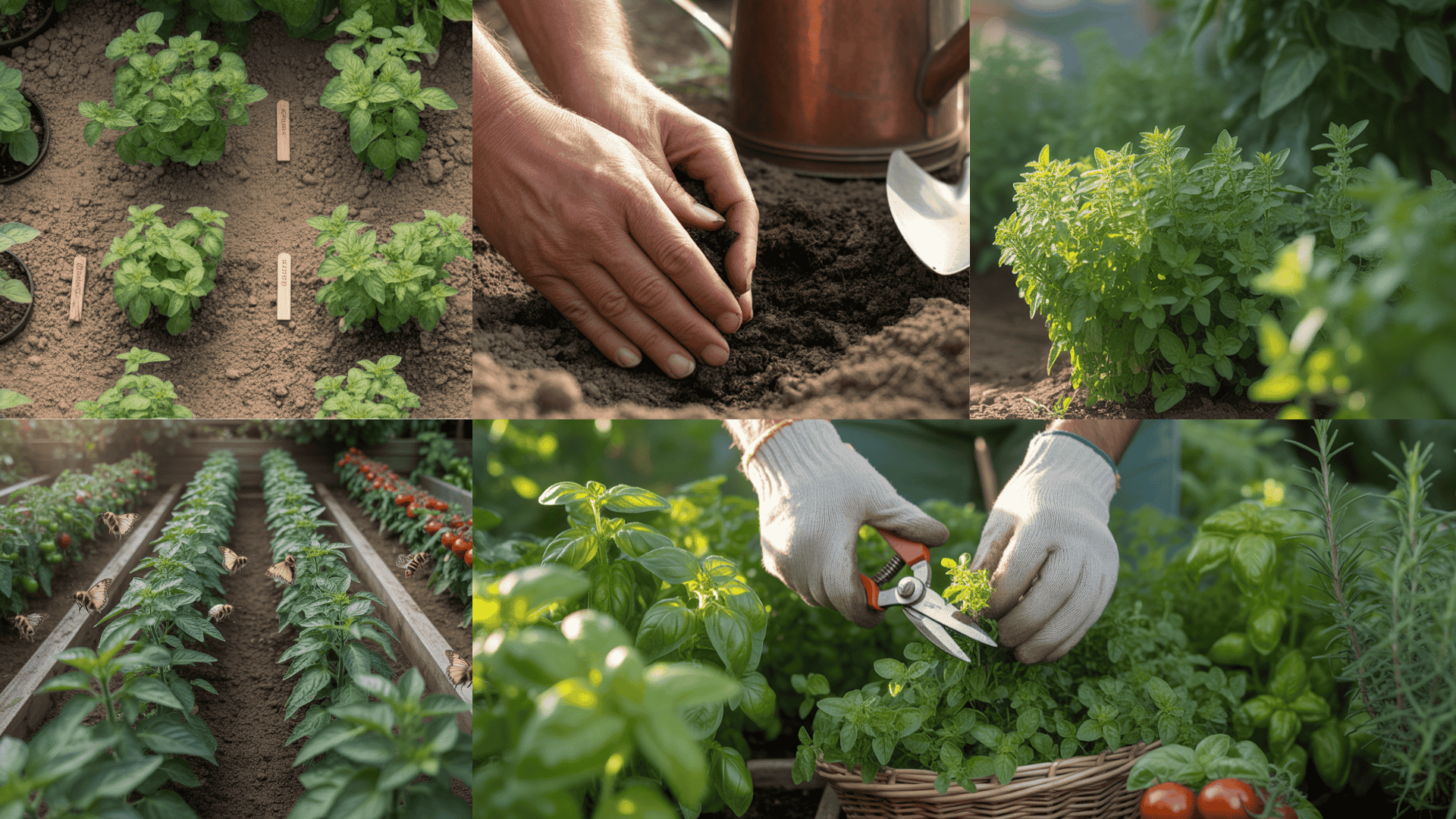
Follow these simple steps to create healthy plant partnerships that help oregano and its companions thrive together:
1. Proper Spacing
Allow 8-12 inches between oregano plants for compact herb garden settings.
When using oregano as living mulch around vegetables, space plants 12-18 inches apart to provide adequate coverage without overcrowding.
2. Soil and Watering Requirements
Oregano thrives in lean, well-drained soil with a pH between 6.0 and 8.0.
Avoid rich, heavily amended soils that can reduce the concentration of flavorful oils in the leaves.
Water deeply but infrequently, allowing soil to dry between waterings.
3. Sunlight Needs
Full sun exposure (6-8 hours daily) is essential for oregano’s best growth and oil production.
In extremely hot climates, some afternoon shade can prevent heat stress, but morning sun is crucial for plant health.
4. Strategic Positioning
Place oregano near vegetables where its pest-deterrent properties will be most beneficial.
Use it as border planting around vegetable beds or interplant it among susceptible crops like tomatoes and peppers.
5. Maintenance Considerations
Trim oregano regularly throughout the growing season to prevent it from overwhelming smaller companion plants.
Harvest stems frequently to encourage bushy growth and prevent the plant from going to seed too early.
Benefits of Using Oregano in Companion Planting
Here’s why oregano companion plants make such a valuable garden partner and how they help create a healthier, more productive growing space:
- Natural Pest Control: Essential oils repel aphids, spider mites, moths, and beetles without chemicals
- Attracts Pollinators: Small flowers feed bees and butterflies that improve garden pollination
- Living Mulch: Suppresses weeds, retains moisture, and prevents soil erosion
- Boosts Plant Health: Helps companion plants grow better through pest reduction and soil benefits
- Kitchen Garden Bonus: Provides fresh herbs for cooking while protecting other plants
Conclusion
Smart oregano companion planting changes your garden into a self-supporting ecosystem.
You now know which vegetables like tomatoes and peppers thrive beside oregano, which herbs create perfect partnerships, and which flowers boost pollination while deterring pests.
Oregano isn’t just for cooking, It actually helps other plants grow, brings pollinators, and keeps weeds away.
Start with one or two companion combinations this season and watch your garden flourish.
Ready to try these oregano companion plants?
Share your planting plans in the comments below!
Frequently Asked Questions
What Pests Does Oregano Repel?
Oregano’s strong aroma helps repel aphids, spider mites, and cabbage moths. While not foolproof, it adds an extra layer of natural pest resistance in vegetable and herb gardens.
Where Does Oregano Like to Be Planted?
Oregano thrives in full sun with well-drained, slightly dry soil. It grows best in garden beds, raised beds, or containers where roots won’t stay soggy.
Can I Plant Rosemary and Oregano Together?
Yes, rosemary and oregano grow well together. Both prefer full sun, dry, well-drained soil, and minimal watering, making them ideal Mediterranean herb companions in gardens or containers.

